
Does Baking Soda Kill Ants?
Today, we’re diving into a topic that might make some of you squirm but … Read more

Today, we’re diving into a topic that might make some of you squirm but … Read more

Ah, fleas. Those tiny, jumpy little party crashers that just love to make a … Read more
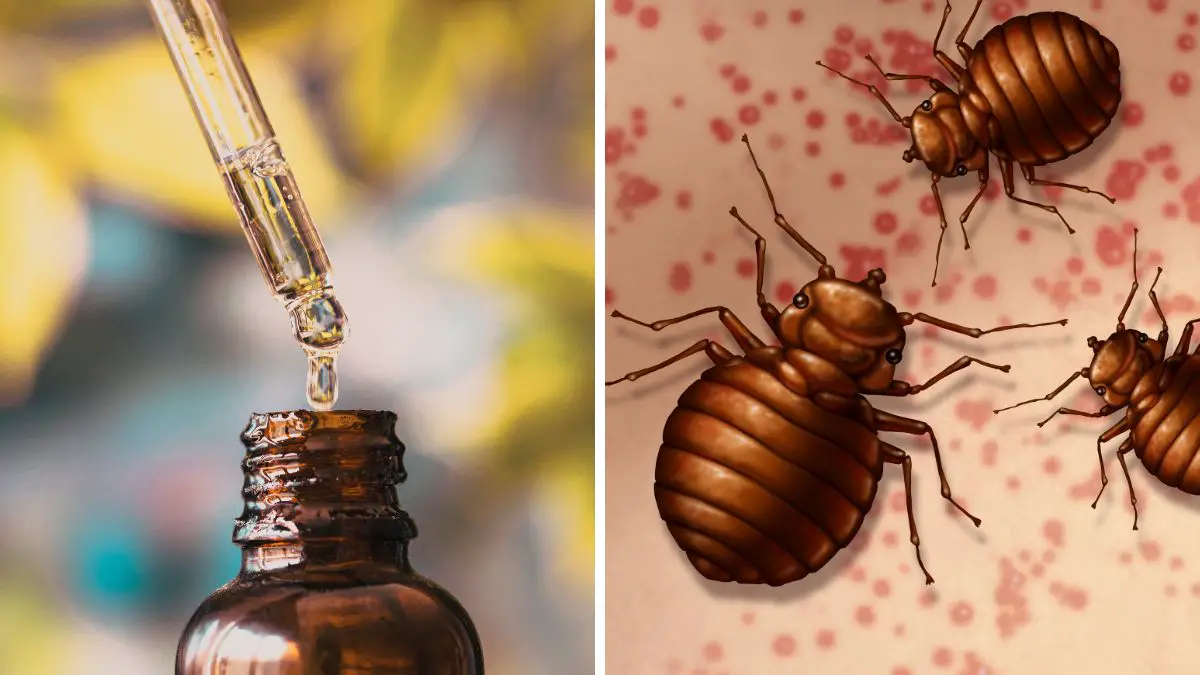
If you’ve ever dealt with a bed bug infestation, you know how frustrating it … Read more
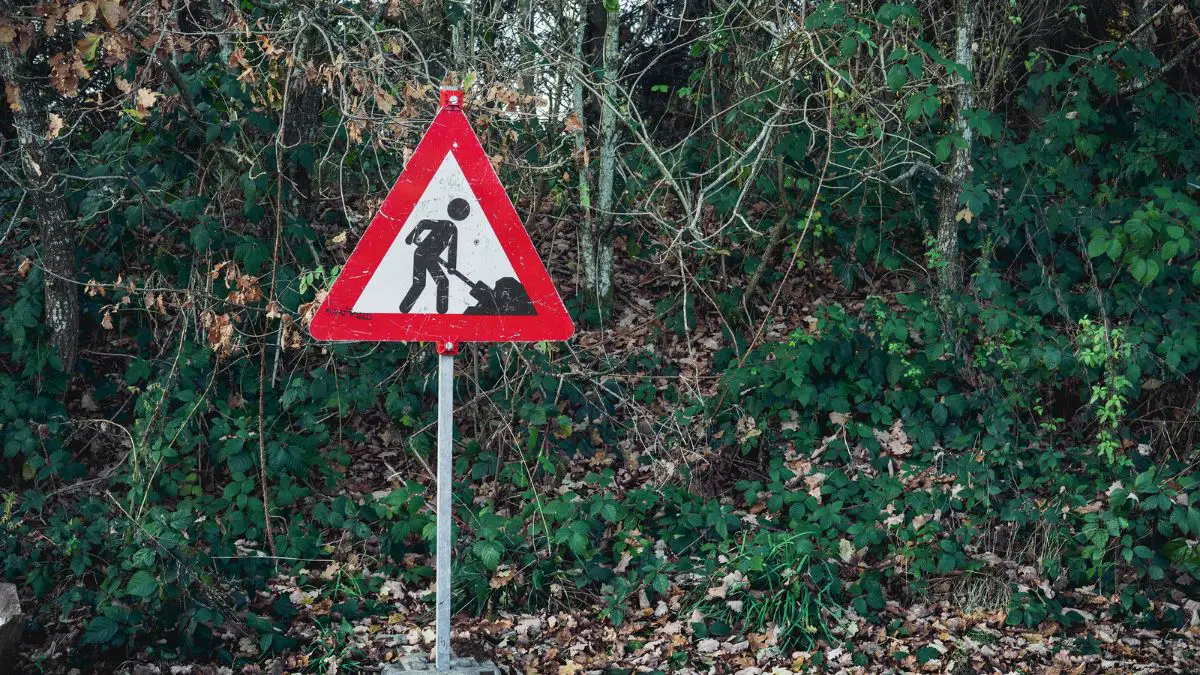
Have you ever wondered how deep you can dig without calling 811? Perhaps you’re … Read more
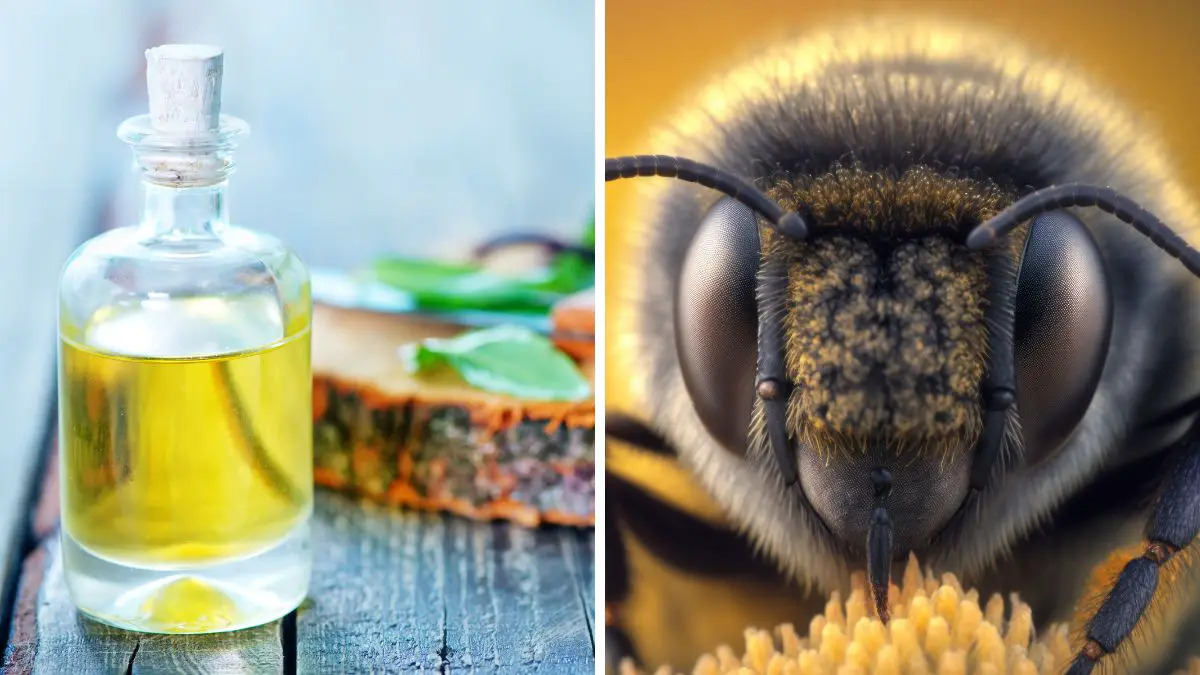
Along with the warm weather and sunshine, there’s one pesky problem that can put … Read more

Have you ever been in a situation where you’re about to doze off and … Read more
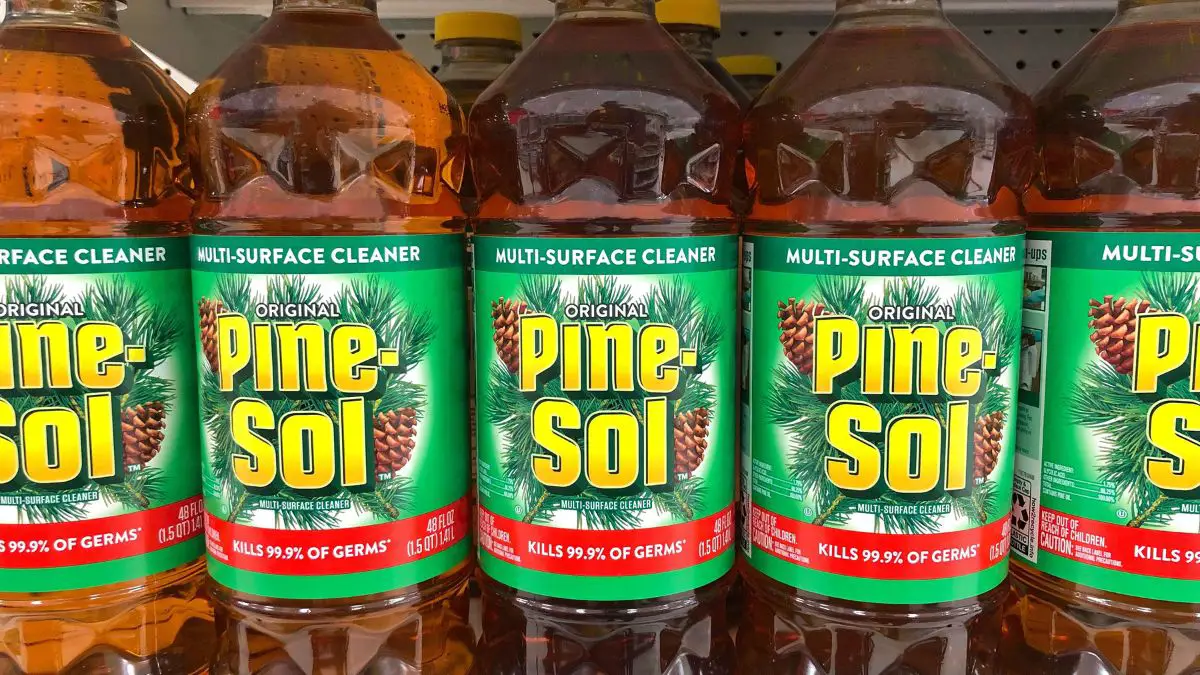
Bed bugs are the uninvited guests that nobody wants in their home. These tiny, … Read more
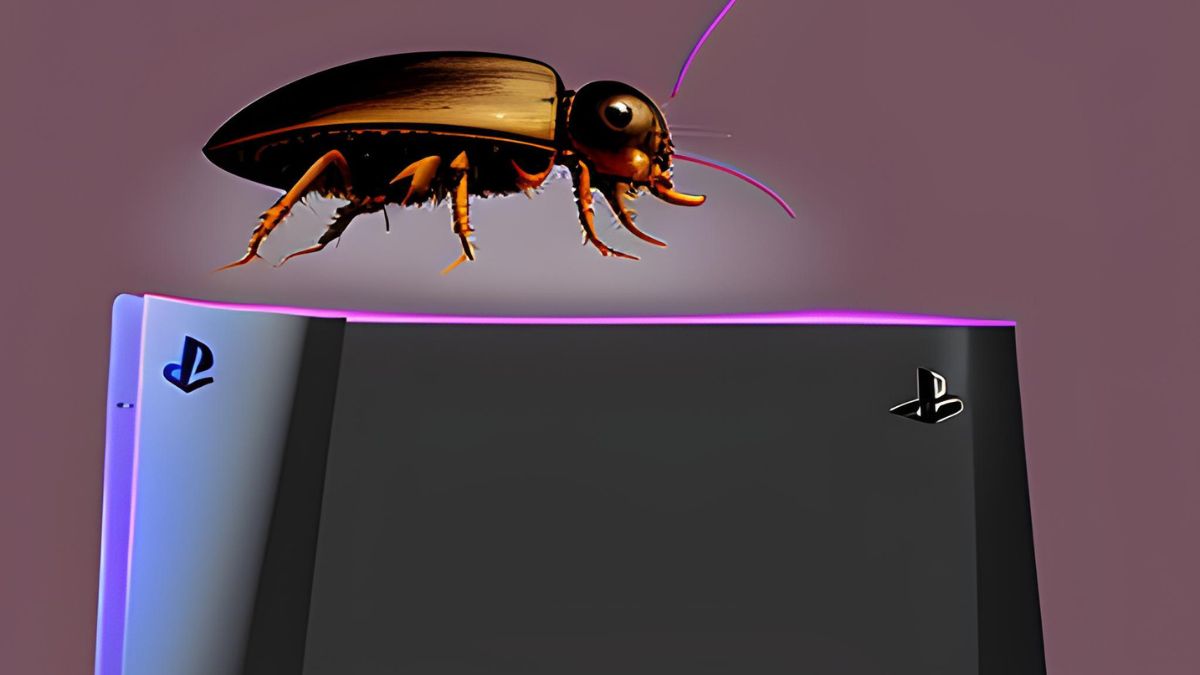
One night, as you settle down for a gaming session on your beloved console, … Read more
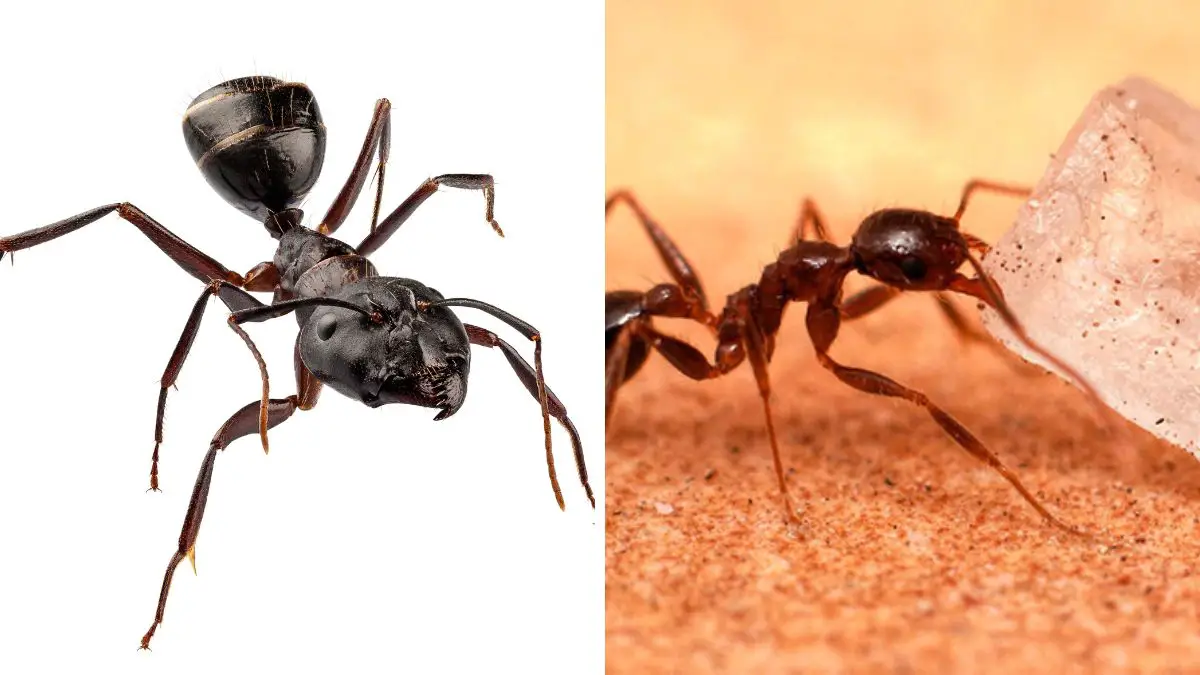
Are you dealing with pesky ants in your home? Ants are one of the … Read more
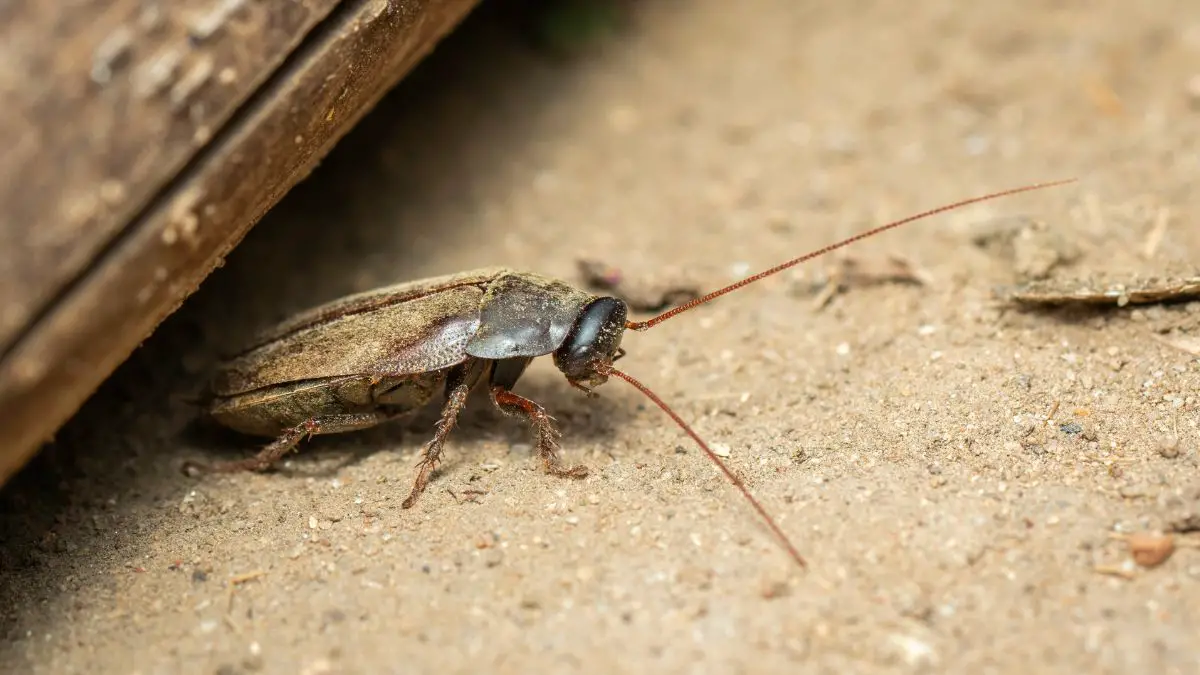
Have you ever wondered if roaches are attracted to cardboard? This is a question … Read more